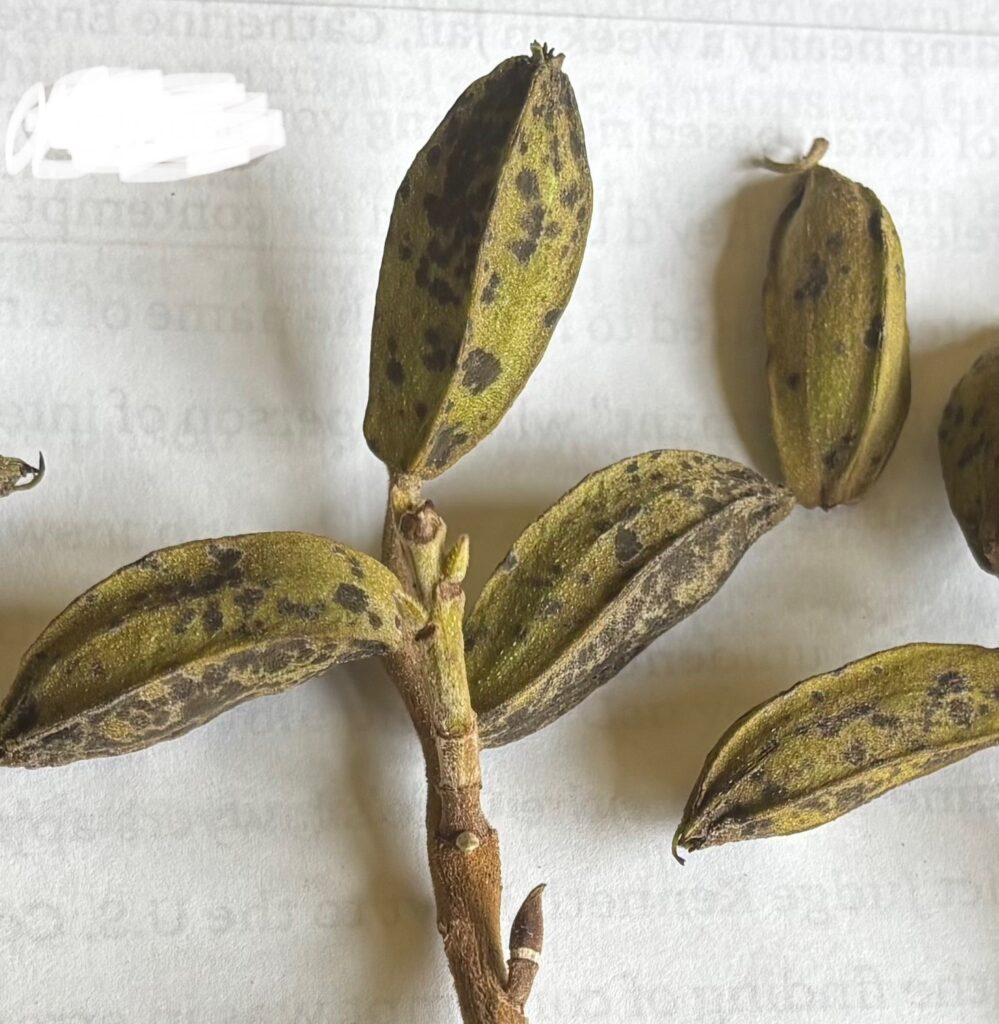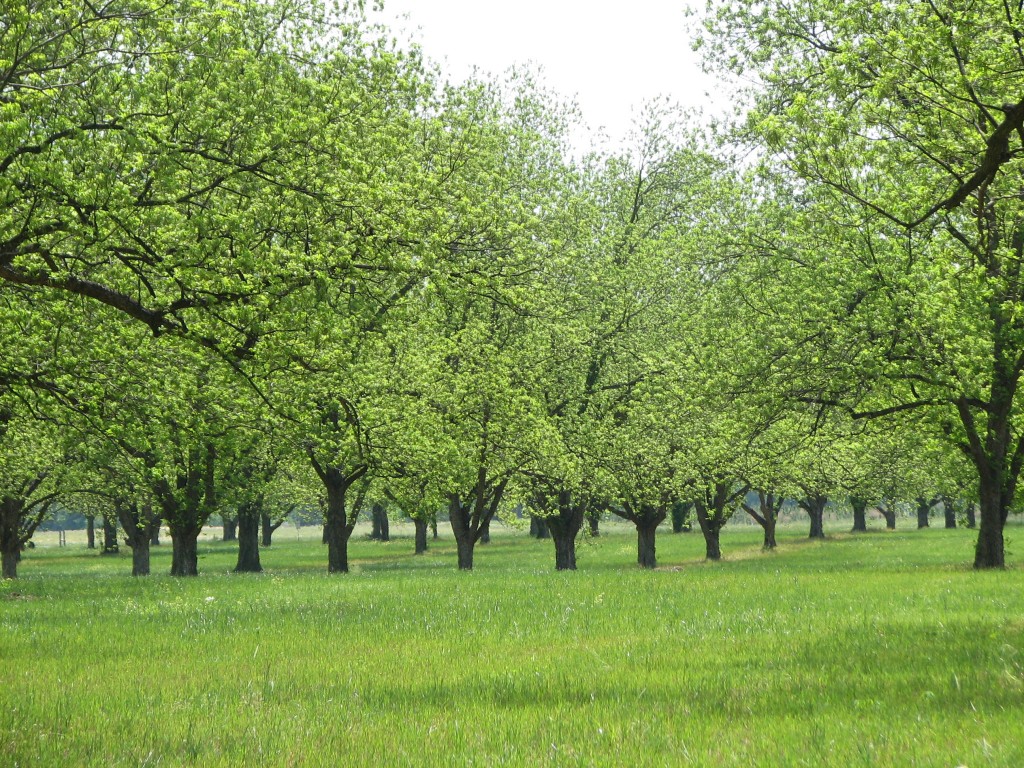
I’ve had many phone calls over the last couple weeks regarding the scab development on pecans in well sprayed orchards. Having been on the Miravis Top/Dodine-Tin rotation since June, growers are asking what they need to spray to stop it. In most cases, the problem we are facing is not that the fungicides don’t work. There are some orchards around with scab strains that may have a reduced sensitivity to Tin, but rotations of Miravis Top and Dodine or (in most orchards) Dodine/Tin offer the best nut scab control out there. This has been documented in Dr. Tim Brenneman’s trials for years. There are occasions of heavy scab pressure (which we have had) in which Miravis Prime has shown a very small edge over Miravis Top, and this would also be a good substitution from the perspective of resistance management because one of the components of Prime is a totally new class of chemistry for pecans. I generally don’t like to go Miravis Top and Miravis Prime back to back but doing so one time when you are in the heat of this fierce of a battle is ok and not a bad idea where you already have scab. With either of these, adding a surfactant is a good idea in this weather. Dodine does not need a surfactant.
But, with the weather we have had it is challenging to keep scab under control no matter what you use. As an example of this, consider that Ft. Valley has had 21.05″ of rain between May 1 and July 14. That’s nearly half the average annual rainfall for the area in two and a half months. Much of this rain has come in successive days. Only 32 days of this span from May 1 to mid July have been rain free. In conditions like that it is nearly impossible to completely stop scab on highly susceptible varieties. Daily rain washes fungicide off and its difficult to keep on a tight enough schedule to control the disease when the nuts are in their rapid growth stage and every few days there will be unprotected tissue out there even if you do everything right.
Most of the serious scab issues I have seen to date this year are found in tightly planted orchards or those with poor air flow due to topography or both. We don’t give air flow enough consideration when planting orchards or when managing disease. Whether due to topography or dense plantings, orchards with poor air flow will stay wet for longer periods following a rain, giving scab the edge especially when rainfall is frequent. This is another reason that planting tighter than 27-35 trees per acre is not a good idea in the southeastern U.S. Scab control is harder and even if you are successful, you increase your cost of production considerably due to the required intensity of spraying.
Also, you need to be sure of your spray pattern. Most of the scab I see out there in well sprayed orchards with good spacing is found on the lower limbs that are out of the spray pattern or at the tops of the trees where spray coverage is reduced.
There is no doubt that the 2025 pecan crop has been an expensive one to grow so far. If you are growing a susceptible variety you have likely been on a 7-10 day schedule. If you are doing this and using the Miravis Top/Dodine or Dodine-Tin rotations, and respraying anything that didn’t get at least 1 to 3 hours drying time before a rain, you are doing all you can do. If you have good air flow and have been on a good schedule with the right fungicides but are still seeing more scab than you are comfortable with, you may want to have your scab strains screened for sensitivity. Because Tin has been used so much for decades, it is the most likely candidate for reduced sensitivity but most orchards where growers have been diligent about rotation should not see this. If you are concerned about this possibility in your orchard, contact Dr. Brenneman or myself and the lab here may be able to test for that where it is considered a strong likelihood, depending on spray history, coverage, and schedule used. Additionally, be aware that we are increasingly seeing more scab on Stuart. In some cases, it has been more than or as much as on Desirable. This is a good example of how these scab strains can change over time, and rapidly in some cases.
